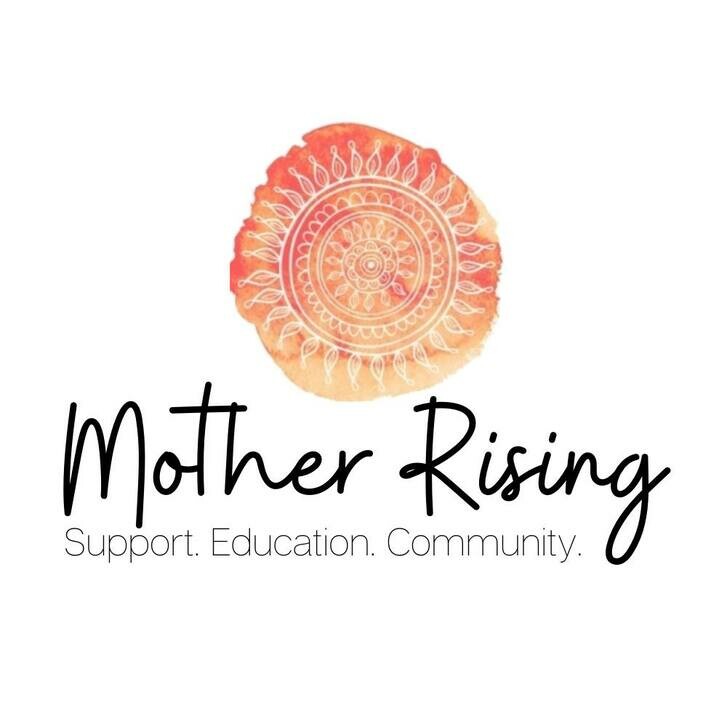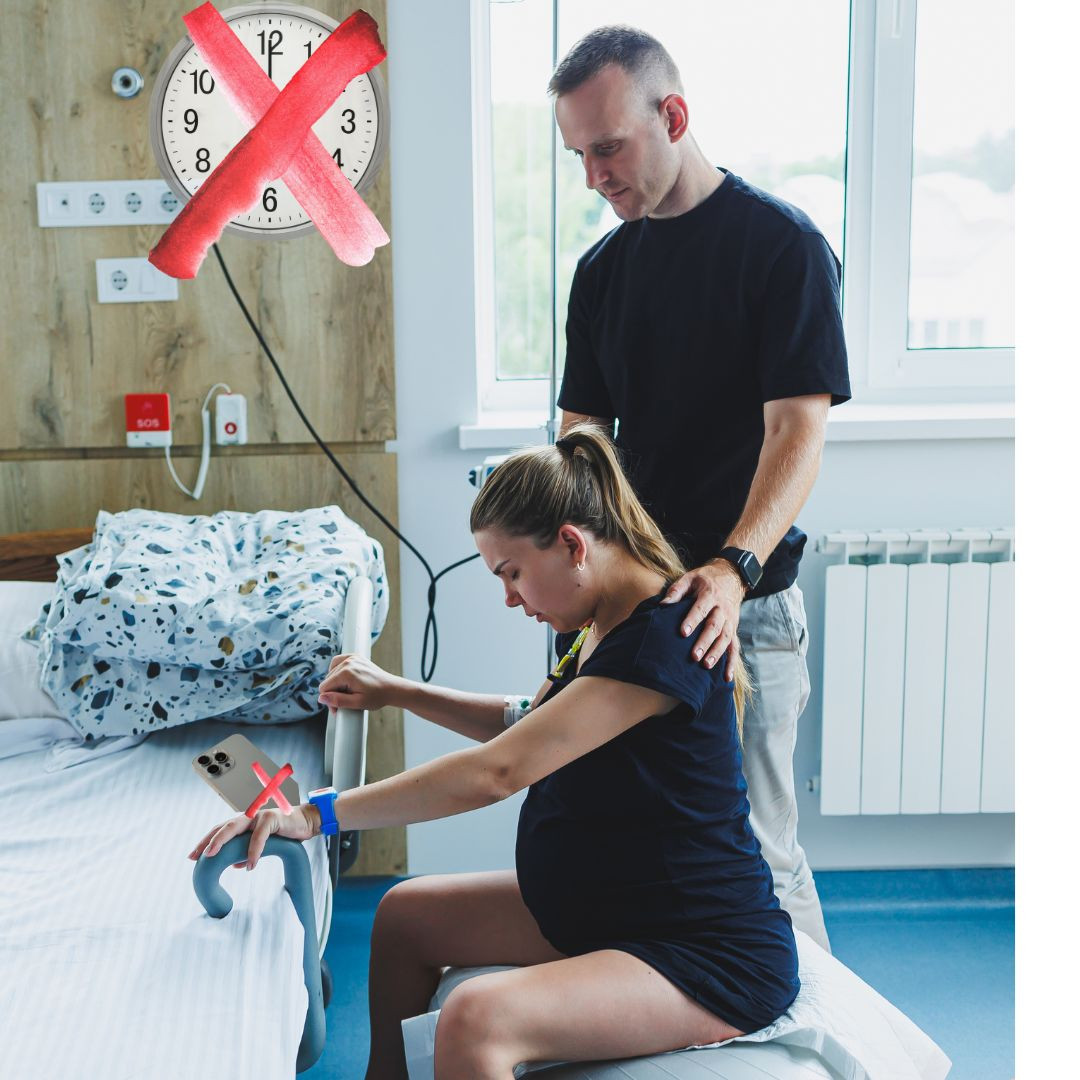
Motherhood cracks you open in ways you never imagined. From the moment you hold your baby (or maybe the moment you realize you are pregnant), the weight of responsibility, love, and uncertainty settles in. You find yourself questioning everything. Is my baby eating enough? Why won’t they sleep? Am I doing this right?
In the swirl of new motherhood, one of the greatest challenges is learning to trust yourself. But how do you know when it’s your intuition speaking versus anxiety shouting?
The difference between anxiety and intuition is subtle yet powerful. Understanding it can help you feel more grounded, confident, and connected to your authentic self as a mother.
Anxiety Seeks, Intuition Knows
Anxiety is loud. It rushes in, demanding answers, running through a mental checklist of what-ifs. It thrives on uncertainty, making you feel like you need more information, more validation, or a backup plan for every possible scenario.
Intuition, on the other hand, is steady and deep. It doesn’t shout, it nudges. It’s the feeling in your gut that something is right or wrong, even if you can’t explain why. Intuition isn’t rooted in fear, it’s rooted in trust. That trust is already in you, you carry that wisdom already.
Tuning into Your Authentic Self
New motherhood is a time of transformation, and with it can come a disconnect from yourself. When everything is new and overwhelming, anxiety can take over. Grounding yourself in who you truly are can help you recognize when your inner knowing is speaking.
Here are some ways to reconnect with your intuition:
Get Out of Your Head and Into Your Body
Anxiety pulls you into overthinking, while intuition often comes through bodily sensations. Take a deep breath. Place a hand on your heart or belly. Ask yourself, What do I feel deep down? If the feeling is a calm certainty or a knowing, even if it doesn’t make logical sense, it’s likely intuition. If it’s spiraling thoughts and urgency, it’s likely anxiety.
Practice Grounding Rituals
Grounding techniques help you return to the present moment, where intuition thrives. Try:
Breathwork: A few slow, deep breaths can quiet anxious thoughts.
Nature: Step outside, feel the earth beneath you, and let nature regulate your nervous system.
Journaling: Write without judgment. Sometimes, intuition reveals itself through reflection.
Notice the Energy Behind the Thought
Anxiety feels like a race…quick, restless, and full of second-guessing. Intuition feels like a gentle wave, it comes, it stays, and it doesn’t demand. When you’re unsure, pause. Ask yourself: Does this thought feel urgent and fear-based, or does it feel calm and certain?
Trust Yourself
The biggest challenge of motherhood is learning to trust yourself in a world full of opinions. Tune out the social media, throw away the multitude of parenting books, and ask a trusted friend or family member instead of heading down the Reddit spiral. When you make decisions based on intuition rather than fear, you build confidence in your ability to navigate motherhood in a way that feels right for you and your baby.
Remember
Anxiety isn’t bad, it’s a protector, a response to the unknown. But it shouldn’t be the driver. Intuition is your inner guide, always present, waiting for you to listen. The more you slow down, ground yourself, and trust your own wisdom, the easier it will be to tell the difference.
You already have everything you need within you. Take a deep breath, momma…you’ve got this.

Women, particularly mothers, often find themselves prioritizing the needs of others over their own well-being, leaving them feeling drained and disconnected. Establishing boundaries is a vital practice that helps individuals protect their emotional, mental, and physical health, while maintaining respectful relationships. Contrary to the misconception that boundaries are about controlling others, they are actually commitments made to oneself about what is tolerable and how one will manage their responses when those limits are approached.
Setting boundaries can be particularly challenging for women who have been socialized to be caregivers and people-pleasers. This often leads to feelings of selfishness or guilt when asserting personal needs, and the intricate demands of motherhood can further blur the lines between personal space and family obligations. However, developing boundaries is a skill that can be cultivated with practice, starting with self-awareness and the courage to say "no" to protect one's personal space.
Establishing boundaries requires consistent effort but offers significant rewards, such as enhanced self-respect and empowerment. By embracing and maintaining these personal limits, women can safeguard their well-being and foster more nourishing relationships. Ultimately, boundaries are about making intentional choices that reflect one's values and provide the energy needed to engage meaningfully with both oneself and others.
Read more...
In today's fast-paced and often unpredictable world, resilience has become a highly sought-after quality. It enables individuals to bounce back from adversity, navigate challenges with ease, and maintain a positive outlook. While resilience is a complex trait influenced by various factors, research suggests that incorporating gratitude practice into our lives can enhance resilience and foster a greater sense of well-being.
Learning to practice gratitude is a form of mindfulness. When we practice mindfulness, our world tends to slow down and we can be more intentional which also helps to build resilience.
Let’s take a look at how gratitude and resilience go hand in hand.
1. Enhancing Positive Emotions:
Numerous studies have shown that practicing gratitude can significantly increase positive emotions. Emotions such as joy, happiness, and contentment have been linked to higher resilience levels. When we express gratitude, whether by keeping a gratitude journal or regularly expressing appreciation to others, it trains our minds to focus on the positive aspects of life. This, in turn, helps us cope more effectively during tough times and bounce back from setbacks.
2. Shifting Perspective:
One of the key components of resilience is the ability to reframe, adapt, and find new meaning in challenging situations. Gratitude practice encourages individuals to shift their perspective from dwelling on what is lacking or going wrong to what is present and going right. By consciously acknowledging and appreciating even the smallest blessings, we train our brains to seek out opportunities, solutions, and lessons amidst adversity. This resilience-building mindset helps us navigate adversity with optimism and self-assurance.
3. Fostering Social Support:
Relationships play a crucial role in resilience, as having a strong support system can help mitigate the negative effects of stress. Gratitude practice not only enhances our own well-being but also fosters positive social connections. When we express gratitude towards others, we strengthen our relationships and build a sense of community. The social support we receive during challenging times can be a powerful buffer against stress, enhancing our ability to bounce back and grow from adversity.
4. Promoting Self-Reflection and Personal Growth:
Gratitude practice involves reflection on one's own experiences, accomplishments, and the people who have influenced our lives positively. This reflective process not only strengthens our self-awareness but also promotes personal growth. Acknowledging how far we have come, the lessons we have learned, and the strengths we possess empowers us to face challenges head-on. By using gratitude as a catalyst for self-improvement, we can develop a growth mindset that allows us to adapt and thrive in the face of adversity.
Incorporating gratitude practice into our daily lives can have a transformative effect on our resilience. By cultivating positive emotions, shifting perspective, fostering social support, and promoting personal growth, gratitude acts as a powerful resilience-building tool. Whether through keeping a gratitude journal, practicing mindfulness, or expressing appreciation to others, we can harness the profound benefits of gratitude to strengthen our ability to bounce back from setbacks, thrive under pressure, and live a more resilient and fulfilling life. So, let us start cultivating gratitude today and unleash its incredible power to shape our resilience and well-being.
Shauna’s top 5 easy ways to practice gratitude in your daily life:
📔Keep a Gratitude Journal: Set aside a few minutes each day to write down things you’re thankful for. It could be as simple as the weather, a good meal, or a supportive friend.
🙏Express Thanks: Take the time to express gratitude to people in your life. Write a thank-you note, send a text, or simply say “thank you” to someone who has helped or supported you.
💗 Mindful Moments: During your day, pause and appreciate the small moments, like the beauty of nature, a smile from a stranger, the way your children are playing together and growing, or a peaceful moment. Be fully present and savor these experiences. A good way to identify some of these if it’s hard for you might be to look for things you want to take a picture of or capture to save.
3️⃣Three Good Things: Each evening, reflect on three positive things that happened during the day. This practice can shift your focus to the positive aspects of your life.
🥾Gratitude Walk: While walking, take time to think about the things you’re grateful for or just admire the beauty of nature and how it connects us all as humans. It combines the benefits of physical activity with mindfulness and gratitude.








